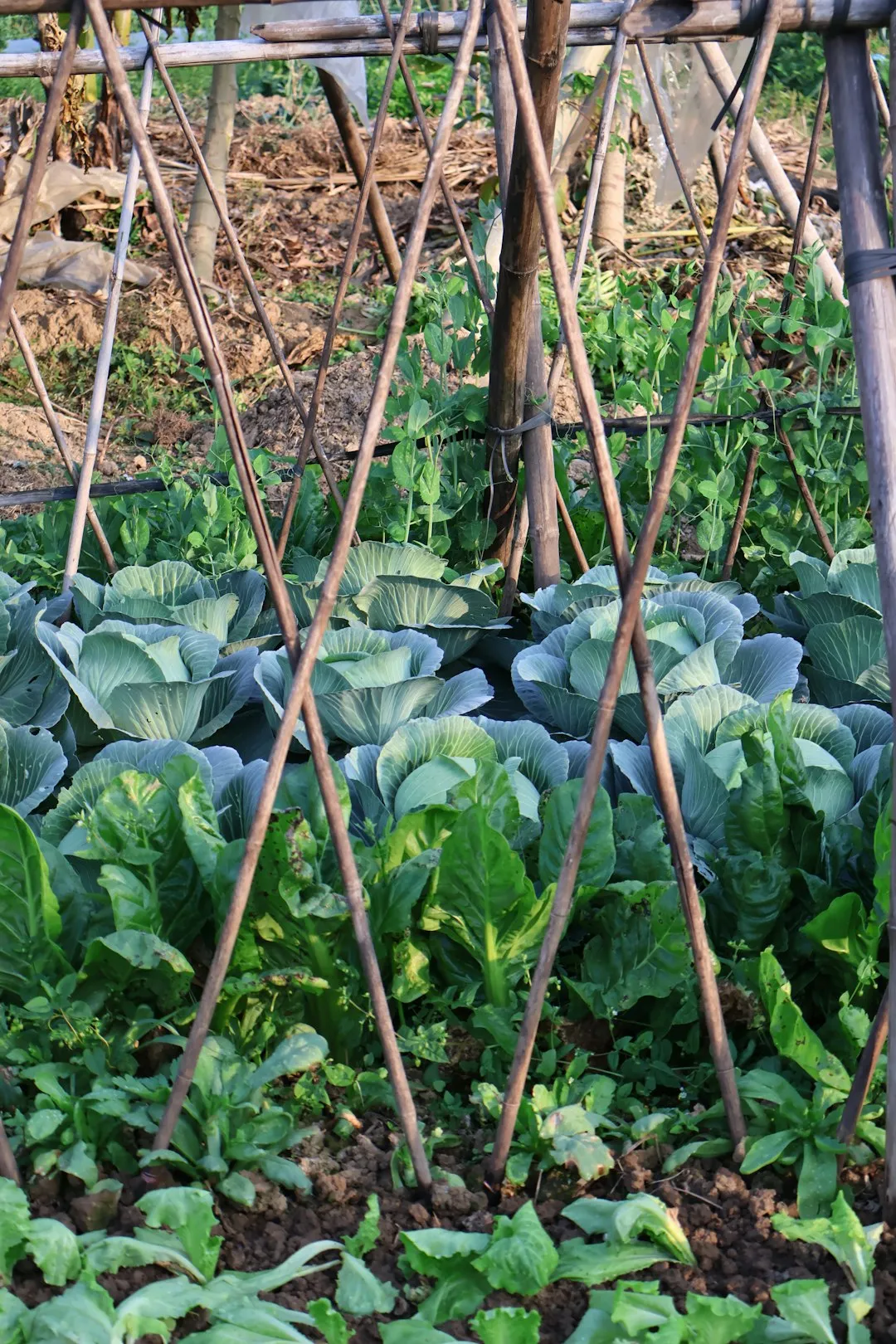Unveiling the Secrets of Katsura Tree Cultivation

The katsura tree, known scientifically as Cercidiphyllum japonicum, is a remarkable addition to any garden. Its unique features and benefits make it a highly sought - after choice for gardening enthusiasts. In this article, we will explore the essential growing tips for a katsura tree, with a particular focus on choosing the best location for planting this tall shade tree.
### Understanding the Katsura Tree
Before delving into the growing tips, it's important to understand the nature of the katsura tree. Native to Japan and China, this deciduous tree is known for its heart - shaped leaves that turn a spectacular yellow, orange, or red in the fall. The leaves also emit a sweet, caramel - like fragrance as they change color, adding an extra sensory delight to your garden.
The katsura tree can grow to be quite tall, reaching heights of 40 to 60 feet and spreading 30 to 40 feet wide. It has a pyramidal shape when young, which gradually becomes more rounded as the tree matures. This makes it an excellent choice for providing shade in larger gardens or parks.
### Selecting the Right Location
One of the most crucial aspects of growing a healthy katsura tree is choosing the right location for planting. Here are some factors to consider:
Sunlight Requirements: Katsura trees prefer partial to full sun. While they can tolerate some shade, they will thrive best when they receive at least 4 to 6 hours of direct sunlight per day. If planted in too much shade, the tree may not develop its full color potential in the fall, and its growth may be stunted.
Soil Conditions: These trees prefer well - drained, moist, and slightly acidic soil. They do not do well in heavy, waterlogged soils. Before planting, it's a good idea to test the soil pH. If the soil is too alkaline, you can amend it with sulfur or other acidifying agents. Adding organic matter such as compost or well - rotted manure to the soil will also improve its structure and fertility, providing a better environment for the tree's roots to grow.
Space Considerations: Given the potential size of a mature katsura tree, it's essential to plant it in a location where it has enough space to grow. Avoid planting it too close to buildings, power lines, or other trees. A distance of at least 20 to 30 feet from any structures is recommended to allow the tree to spread its branches without causing any damage.
Wind Protection: Katsura trees have relatively brittle branches, so it's important to plant them in a location that is protected from strong winds. A sheltered spot near a building or other large trees can provide the necessary protection. However, make sure that the tree still receives enough sunlight even when it's in a sheltered area.
### Planting the Katsura Tree
Once you have selected the perfect location, it's time to plant the katsura tree. Here are the steps:
Digging the Hole: Dig a hole that is two to three times wider than the root ball of the tree and just as deep. This will give the roots plenty of room to spread out.
Placing the Tree: Gently remove the tree from its container and place it in the center of the hole. Make sure that the top of the root ball is level with the surrounding soil. If the tree is planted too deep, it may suffocate, and if it's planted too shallow, the roots may dry out.
Backfilling the Hole: Fill the hole with the soil that you removed, gently tamping it down as you go to remove any air pockets. Water the tree thoroughly after backfilling to help settle the soil around the roots.
Adding Mulch: Apply a layer of mulch around the base of the tree, but keep it a few inches away from the trunk. Mulch helps to retain moisture, suppress weeds, and regulate soil temperature. Organic mulches such as wood chips or shredded bark are ideal.
### Caring for the Katsura Tree
After planting, proper care is essential for the health and growth of the katsura tree. Here are some care tips:
Watering: Keep the soil consistently moist, especially during the first few years after planting. Water deeply once or twice a week, depending on the weather conditions. As the tree matures, it will become more drought - tolerant, but it still benefits from regular watering during dry spells.
Fertilizing: Apply a balanced, slow - release fertilizer in the spring to provide the tree with the necessary nutrients for growth. Follow the manufacturer's instructions for the correct amount and application method.
Pruning: Prune the katsura tree in the late winter or early spring while it is still dormant. Remove any dead, damaged, or diseased branches. You can also shape the tree by selectively pruning branches to maintain its desired form. However, avoid over - pruning, as this can stress the tree.
Pest and Disease Control: Katsura trees are generally resistant to most pests and diseases. However, they can be susceptible to aphids, scale insects, and fungal diseases such as powdery mildew. Regularly inspect the tree for any signs of pests or diseases, and take appropriate measures to control them if necessary. This may include using insecticidal soaps or fungicides.
In conclusion, growing a katsura tree can be a rewarding experience. By choosing the right location and providing proper care, you can enjoy the beauty and fragrance of this magnificent tree for many years to come.